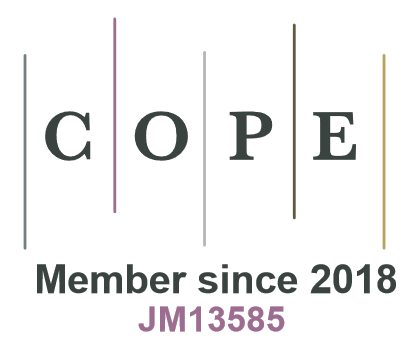Articles containing the keyword 'dual machine'
Category : Discussion article
Low tract size (ha) and harvested volume per hectare (m3 ha–1) decrease the cost-efficiency of today’s conventional Nordic harvesting systems, which generally consists of a harvester and a forwarder. Low cost-efficiency is a problem because it reduces forest owners’ incentive to harvest wood and manage their forests. Today’s conventional harvesting system (two-machine system; TMS) was developed based on rotation forest management. As continuous cover forestry (CCF) grows in the Nordics, it is necessary to develop harvesting solutions that can operate cost-efficiently even when total removal (m3 per tract) is low. Single-machine systems (SMS) require only one machine to do all the harvesting activities; thus, SMS have only one machine-relocation cost per tract, instead of two per tract for TMS. SMS are generally categorized as either harwarders or dual machines, the difference being if the machine processes the logs directly onto the load space or not. In relation to TMS, the relative competitiveness of SMS increases with decreasing tract size, harvested volume per hectare, and/or average extraction distance. Because of site adaptation, CCF, and ever-expanding forest road networks, the trend in Nordic forestry over the last few decades has been that these three factors have been decreasing. CCF mainly entails thinning from above, which generally means the harvesting of large trees. SMS exist today, but almost exclusively as small-sized dual machines that cannot cut large trees. Thus, there is a pronounced need for commercially available SMS that can fell and process large trees.



